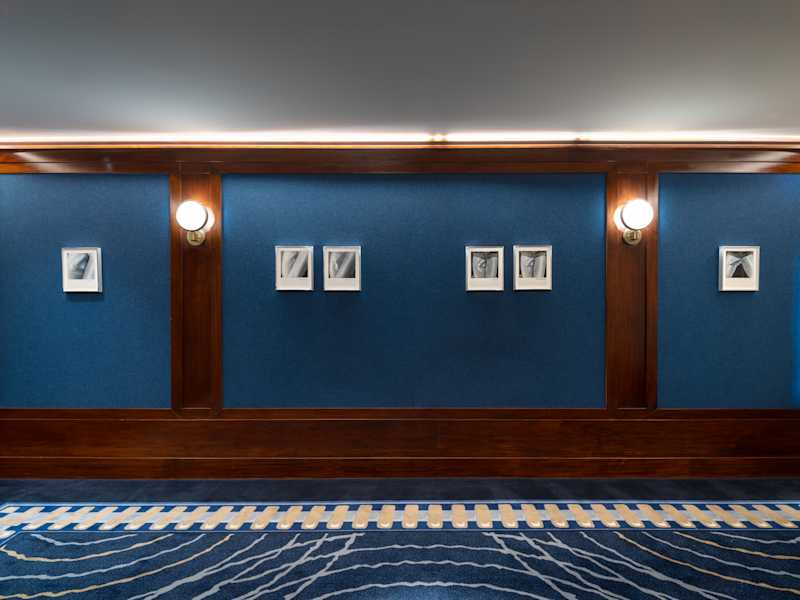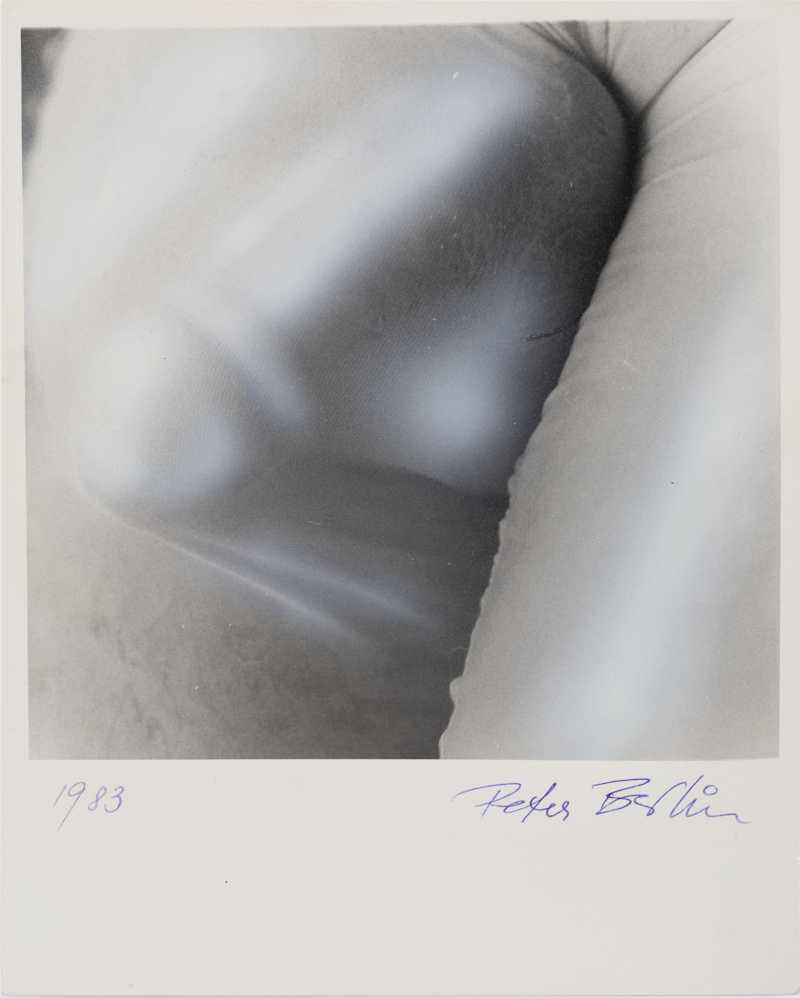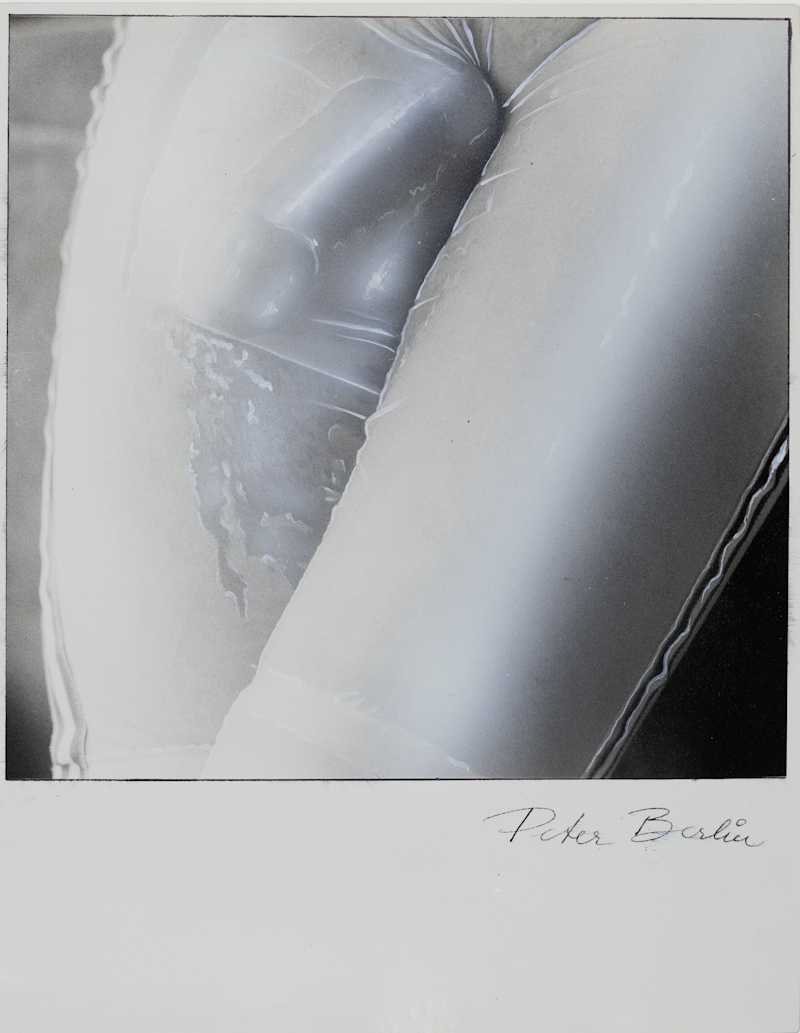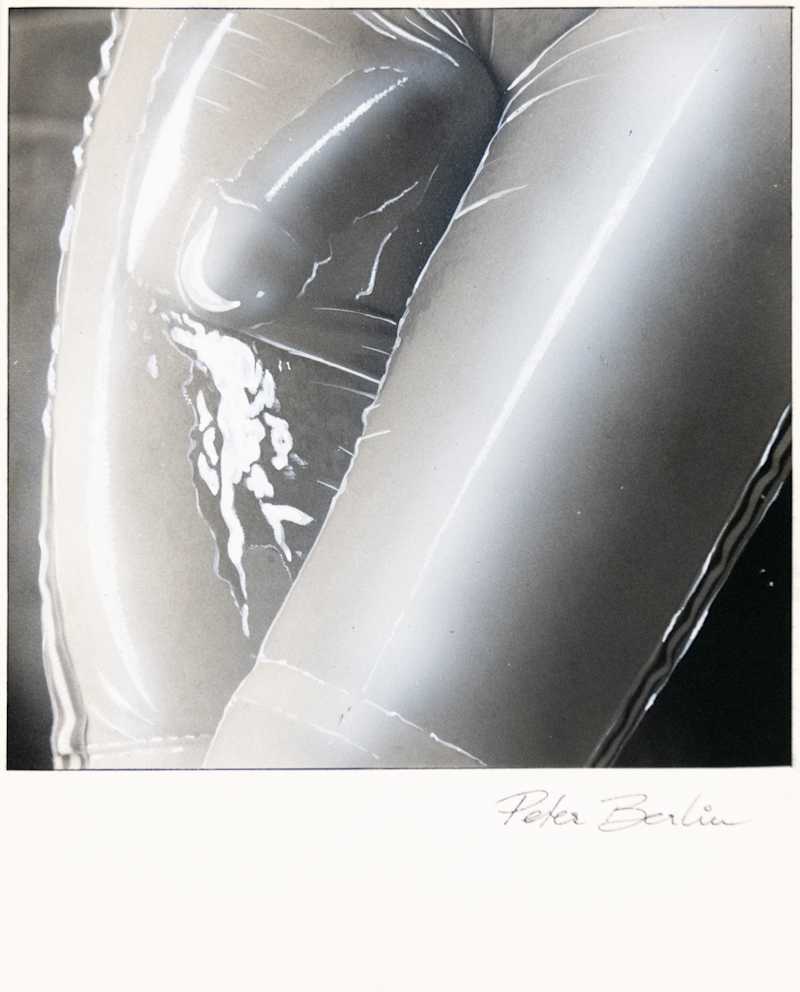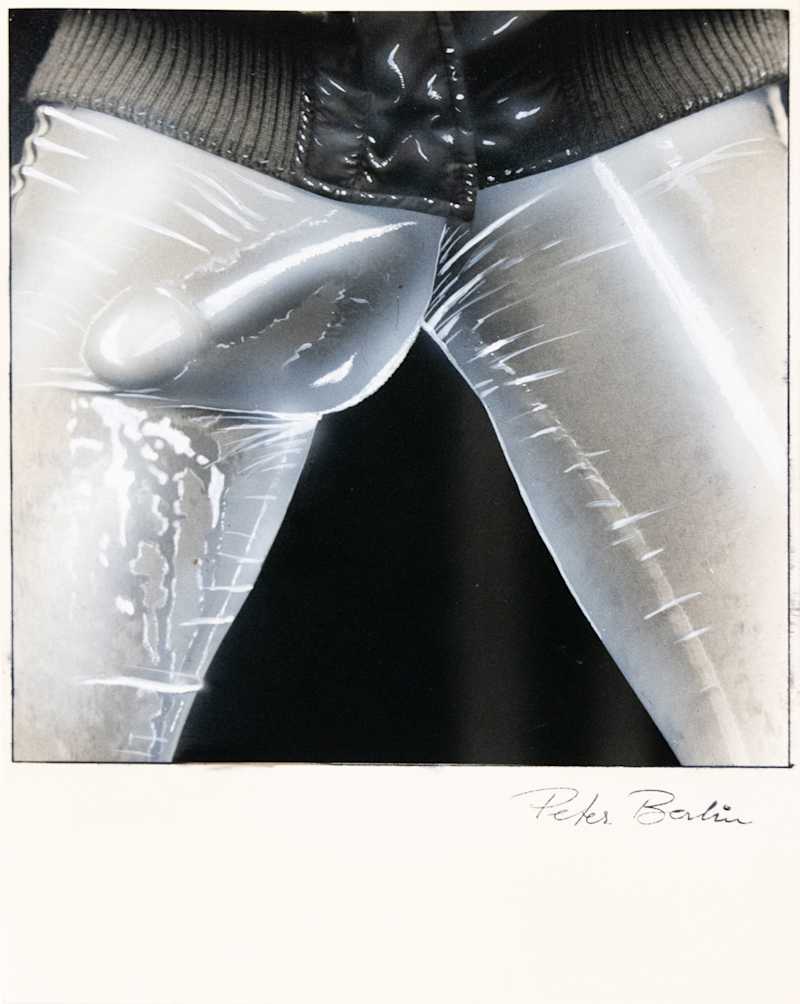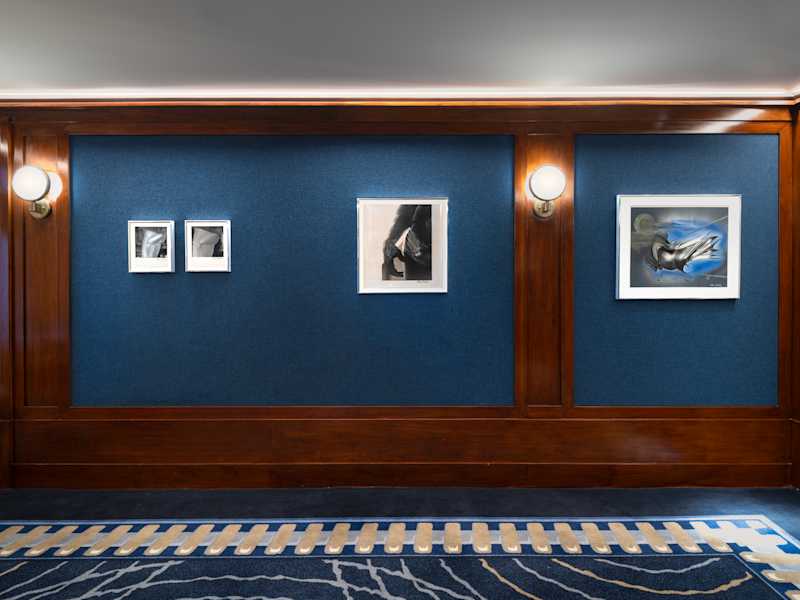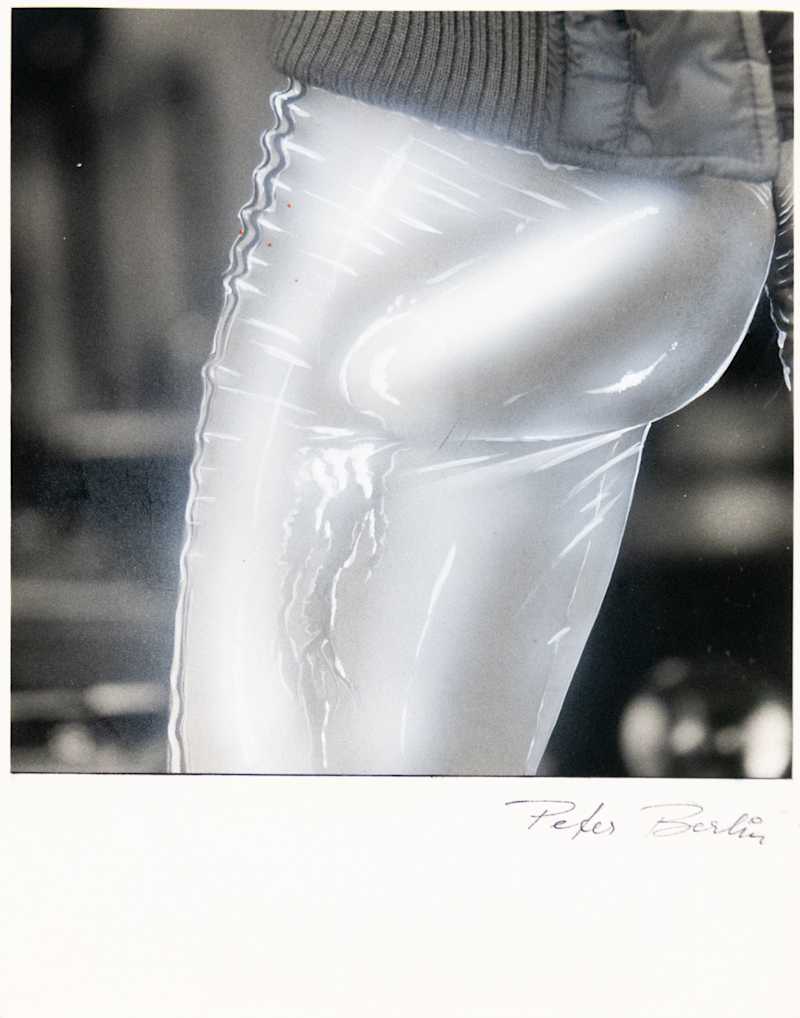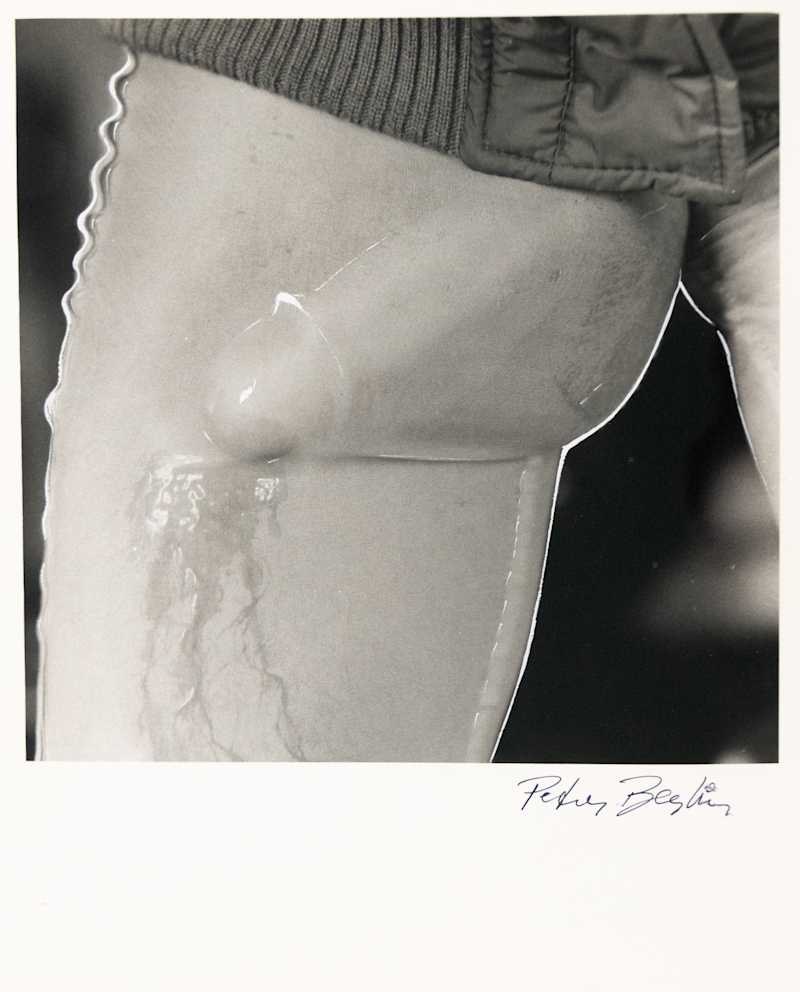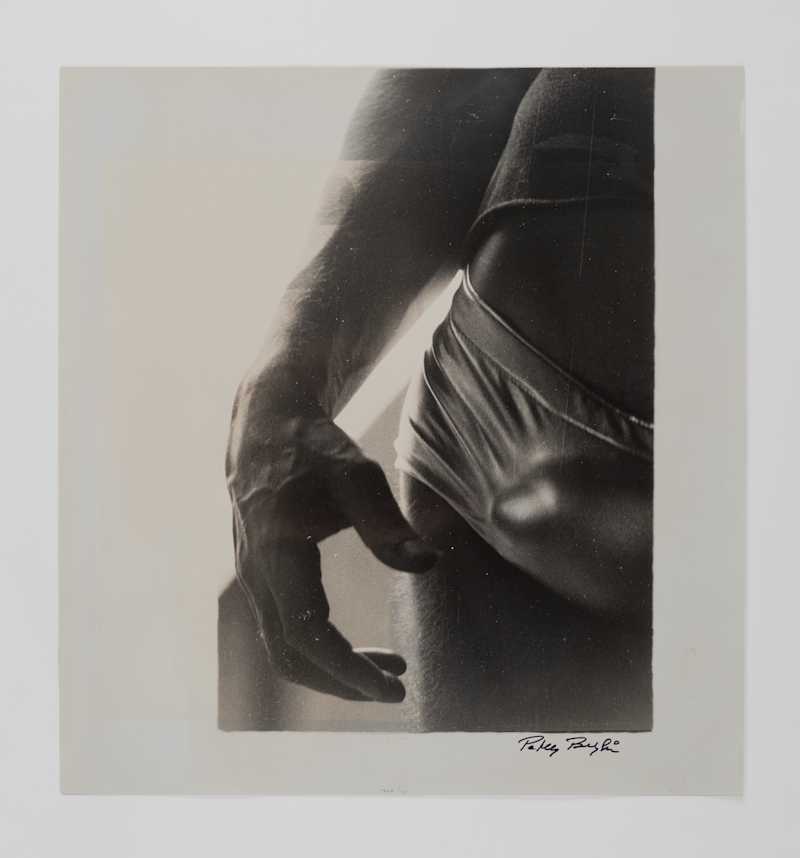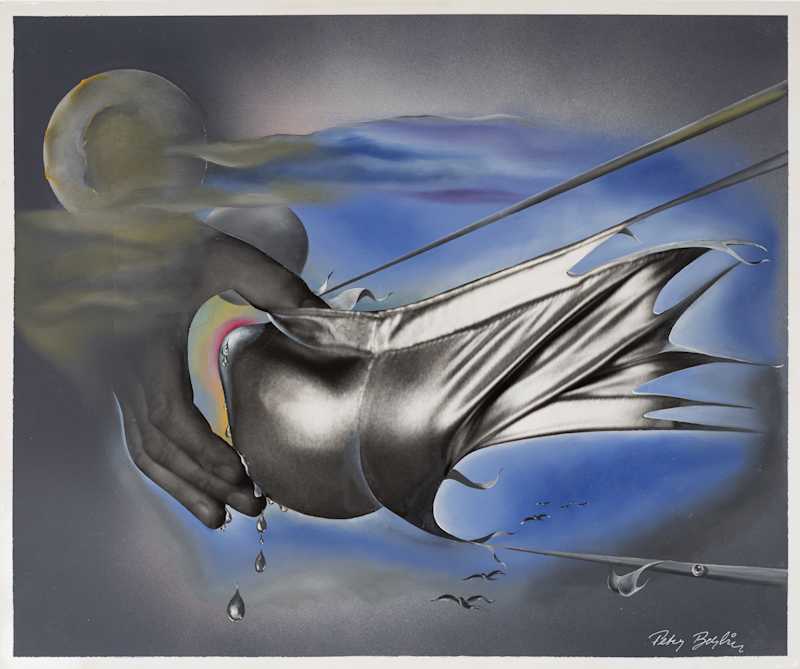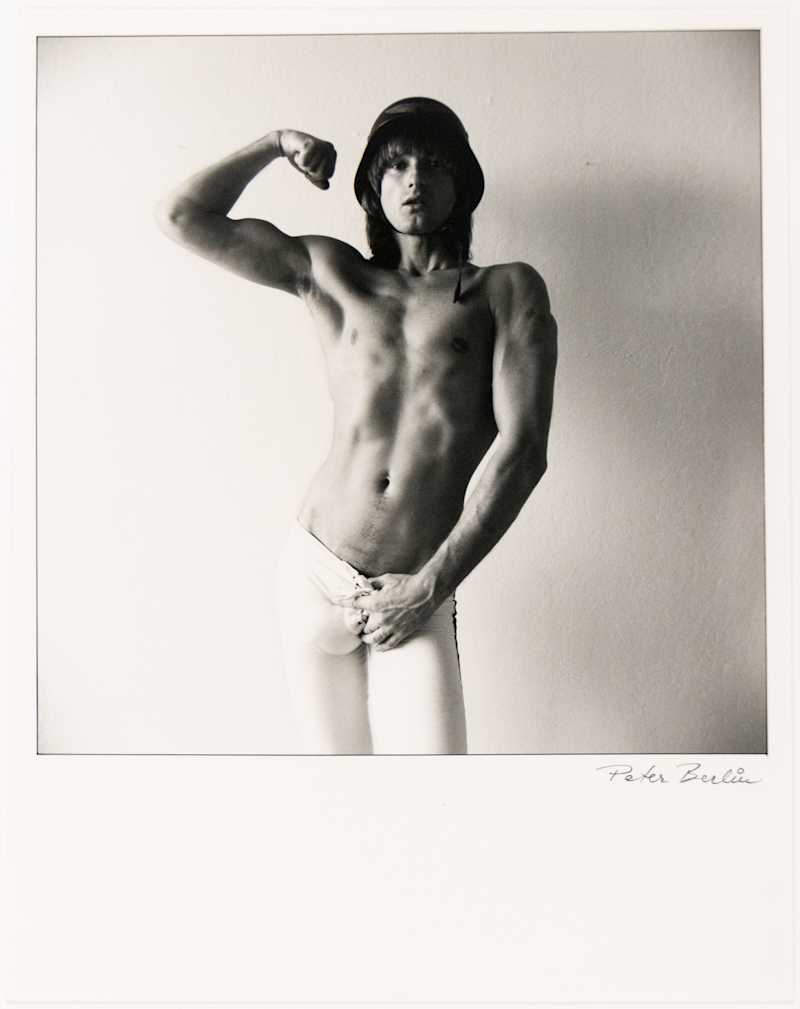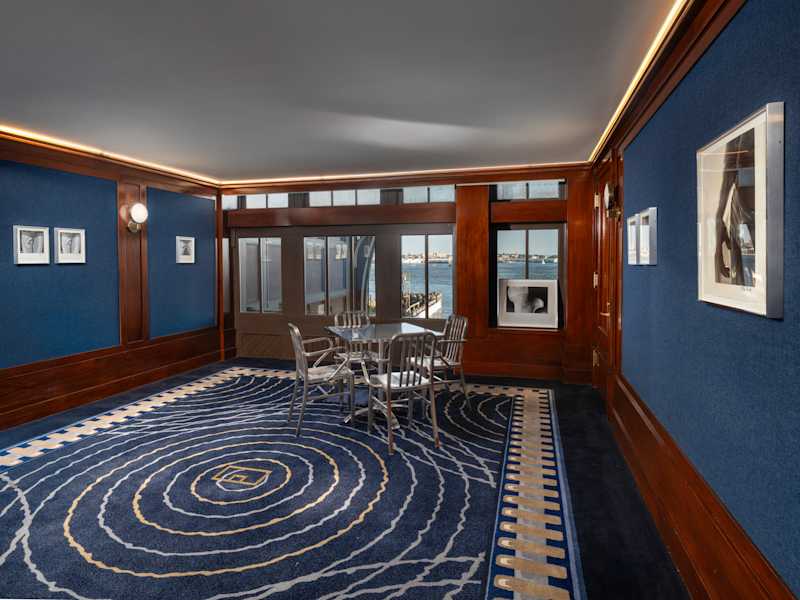Independent 20th Century, Casa Cipriani, 10 South Street, New York, New York
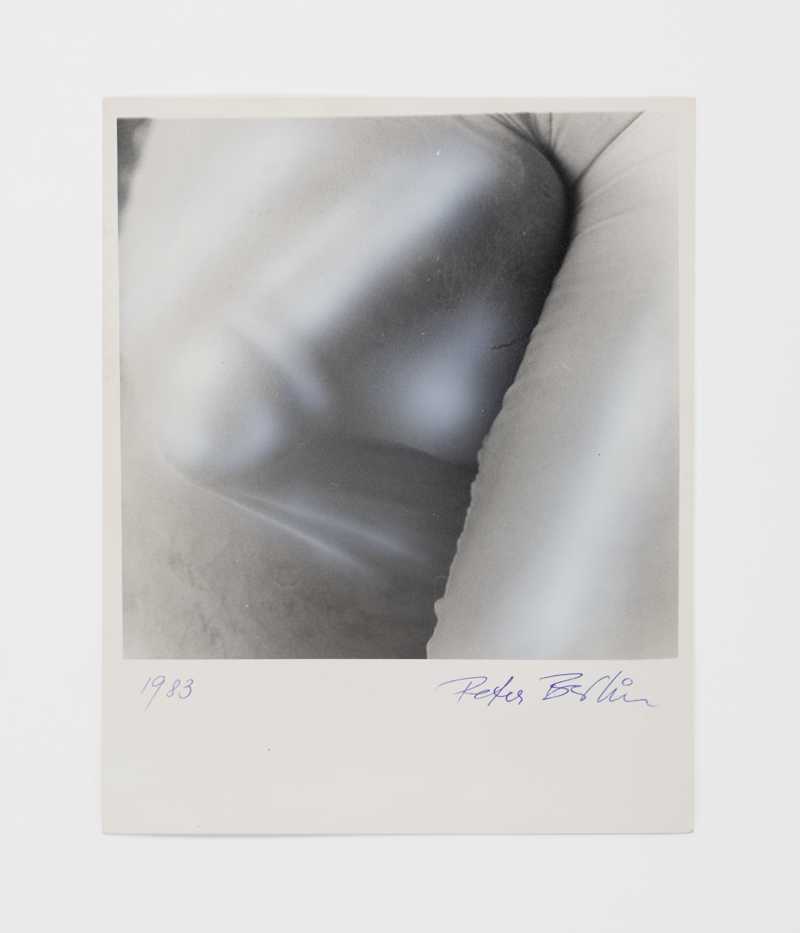
At Independent 20th Century 2025, Mariposa presents Public Display, a solo exhibition of never-before-seen hand-painted silver gelatin silver prints from the 1970s and 1980s by artist, photographer, filmmaker, and porn star Peter Berlin.
Born Armin Hagen Freiherr von Hoyningen Huene in 1942, Peter Berlin is most known for his daring and meticulously crafted self-portraits, taken in bedrooms, night clubs, warehouses, and public spaces across Berlin, Paris, New York, and San Francisco. These images capture him in skin-tight costumes and his signature pageboy haircut, challenging the boundaries of masculinity and public identity.
Peter Berlin built a singular body of work that defied categorization. As Ted Stansfield writes, “[W]hile [Peter Berlin] is responsible for some of the most arresting gay imagery ever made, his oeuvre was never limited to just the still or moving image—his entire life was a performance… a living, breathing, cruising work of art.”
Berlin first rose to fame as the director and star of Nights in Black Leather (1973) and That Boy (1975), cult porn classics that made him an international gay icon. Capitalizing on this notoriety, he launched a mail-order business distributing self-portraits taken with his Hasselblad camera, beginning a lifelong exploration of his own image. Along the way, he came into contact with artists including Andy Warhol, Salvador Dalí, and Robert Mapplethorpe—who photographed him several times—and became a subject for several drawings by Tom of Finland.
Initially seeking to correct print imperfections in the darkroom, Berlin began embellishing his photographs with acrylic, oil paint, aerosol, and colored pens, creating effects that feel almost digital. These interventions both heighten the erotic charge of the images while simultaneously revealing the constructed nature of his sexuality.
This presentation centers on a group of never-before-seen hand-painted vintage prints that focus on the crotch as a site of both sensuality and abstraction. Playing with transparency, texture, and distortion, Berlin transforms the male body into a surreal object of desire. The images feature an erect penis in stages of an orgasmic episode, notably devoid of external stimuli like a body, a mouth, a hand. Instead, the erotic event occurs on its own volition, speaking to the artist’s devotion to a sexual politics organized around concealment, distance, and self-reflection.
The group also includes more elaborate works, such as the largest, from the early 1980s: a metallic crotch suspended in a surrealist landscape of birds, teardrops, and twin moons, set against a futuristic aerosol gradient background—an iconic hallmark of Berlin’s work from the period.
Peter Berlin (b. 1942, Lodz, Poland) lives and works in San Francisco. His photographs are represented in the collection of the J. Paul Getty Museum, Los Angeles, as part of the Robert Mapplethorpe archive (Mapplethorpe and Sam Wagstaff collected Peter Berlin’s work); in addition to The Kinsey Institute at Indiana University in Bloomington.
